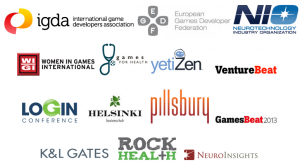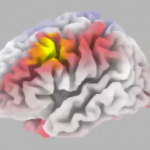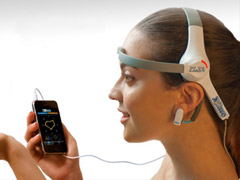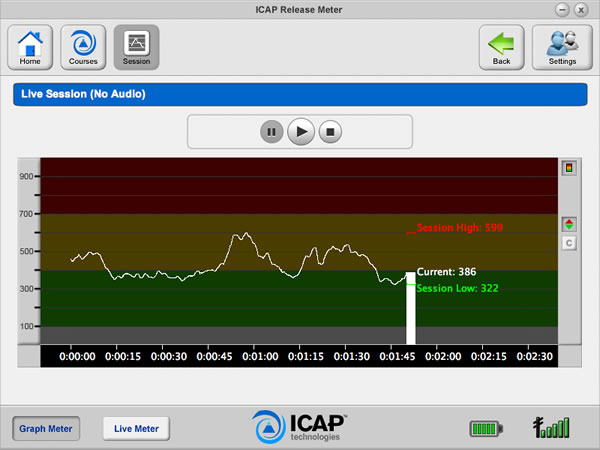NeuroGaming 2014 – at the Cognitive Edge!
Thursday, March 27th, 2014 Imagine combining brain-computer interface technology, transcranial direct current stimulation, emotion sensors, eye tracking. other physiological sensors and augmented reality gear with interactive game play. What a brew for cognitive designers! Well that’s what you will get at the NeuroGaming conference and expo, May 7 -8 in San Francisco at the Metreon.
Imagine combining brain-computer interface technology, transcranial direct current stimulation, emotion sensors, eye tracking. other physiological sensors and augmented reality gear with interactive game play. What a brew for cognitive designers! Well that’s what you will get at the NeuroGaming conference and expo, May 7 -8 in San Francisco at the Metreon.
Using brain signals to control game play opens up many possibilities beyond entertainment. There are specific panels at the conference that will explore how neurogaming can accelerate wellness, learning and other cognitive functions.
Best of all you can go hands-on in the expo and experience:
* A brain controlled light and sound show
* Throwing trucks with your mind
* The latest brain wave reading headsets and devices
* Virtual reality and full immersion environments
* Haptic, motion and gesture control
* Neurocmodulators that electrically change brain states.
 You will see both medical and consumer grade applications.
You will see both medical and consumer grade applications.
There is even a two day hackathon the weekend before the conference where you can design, build and show off your own neurogaming concepts.
I hope readers that attend will share their insights here on the Cognitive Design Blog.











